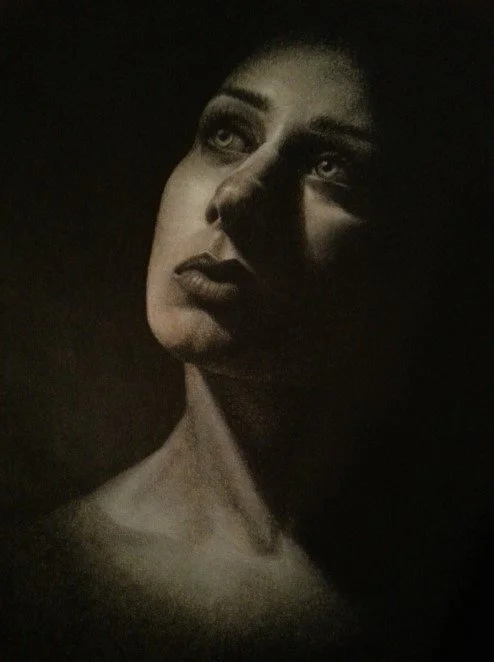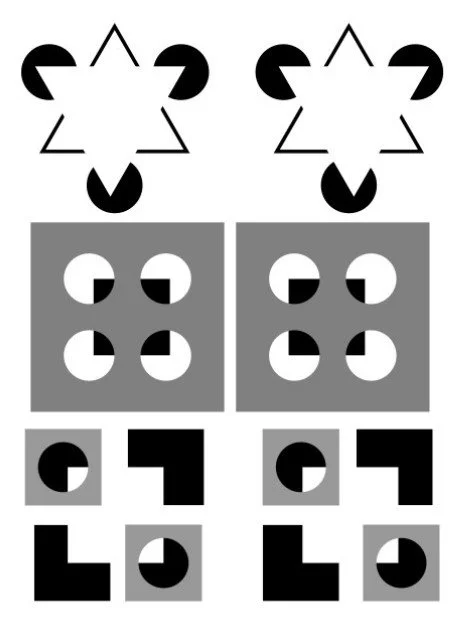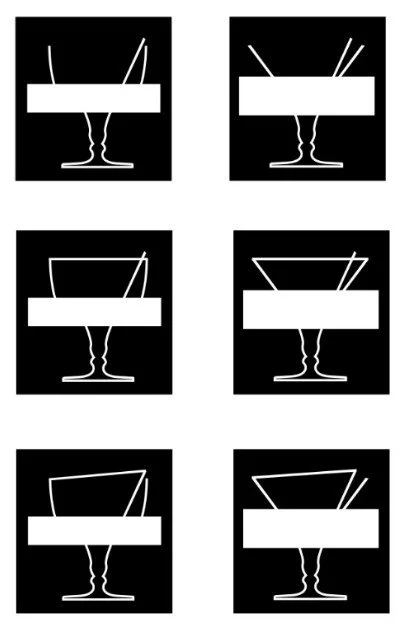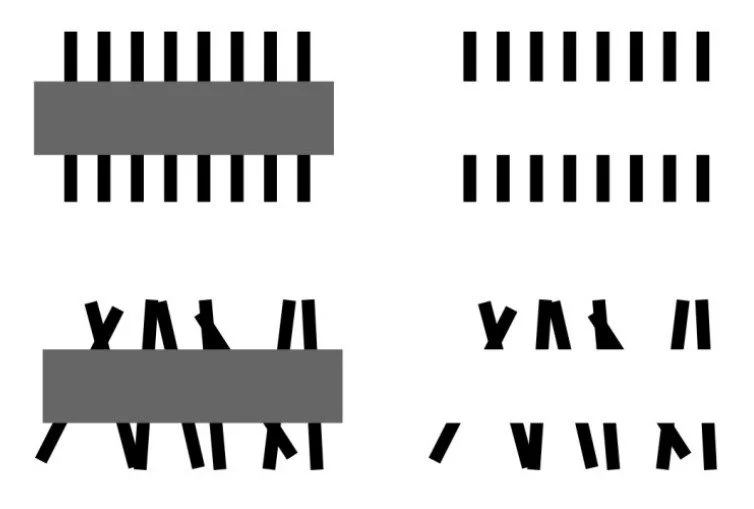Art
I am a graphite and digital artist. I am particularly interested in capturing human expression and in exploring aspects of human visual processing through visual illusions.
A portrait of my father.
An exploration of how surface and edge factors influence the perception of a unified triangle, located in the upper-right of each image. This piece investigates how we visually group parts into a whole and the perceptual ‘pop-out’ effect of a cohesive shape.
Our visual system uses fragmented cues to complete the perception of a ring, which appears to float in front of parts of the scene while seeming partially hidden behind others. This piece illustrates how we mentally ‘fill in’ missing information to create a coherent image.
A self-portrait.
Crossing your eyes while viewing these three pairs of images reveals the objects as positioned on different depth planes. The partially hidden figure appears to pop forward in the top pair, recede into the background in the middle pair, and rest at an intermediate depth in the bottom pair.
This piece highlights how local edge geometry is dominant in determining which edge pairs we perceive as connected. When edge geometry is ambiguous, other factors—such as symmetry and closure—help guide our perception, revealing the complex interplay of scene cues in visual organization.
A childhood portrait of my great-grandmother Bonnie with her siblings.
This piece showcases 'illusory edges'—edges that seem to lie in front of other elements in the scene, despite the absence of any actual contrast. The visual system relies on edge geometry to perceptually 'fill in' these edges, bridging gaps in the information received by the eyes.
Once again, local edge geometry helps fill in gaps in the visual input. In this piece, the effect of parallelism is shown, where the alignment of edges weakens the strength of the filled-in edges.
The seat of perception and the window to the soul—eyes (of many creatures, not just humans!) are one of my favorite subjects to explore.









